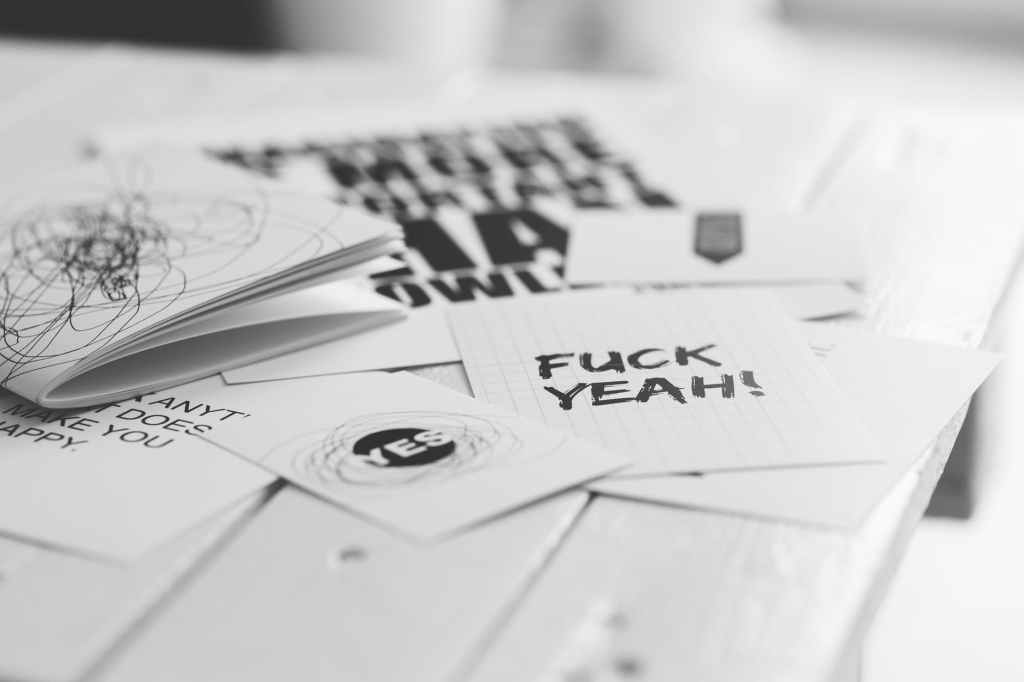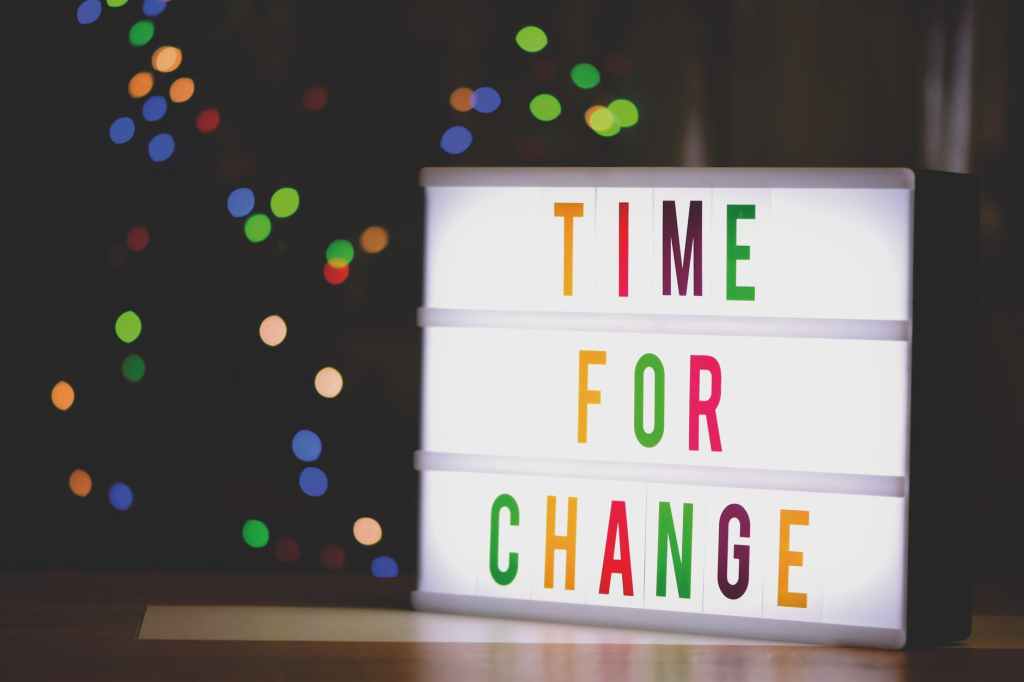I will not kiss you
I will not kiss you softly
For you have to work
I will not kiss you softly
But still, I kiss you softly
July 2020
I will not kiss you
I will not kiss you softly
For you have to work
I will not kiss you softly
But still, I kiss you softly
July 2020
I’m thinking this week about how body work - somatic practice - is a compliment to speech, and how the act of tremoring is beyond the politics of words.
I’m currently training in particular body work practice - called TRE. (Trauma Release Exercises). This methodology for shaking was created by Dr David Bercelli, but in fact tremoring is a natural human - mammalian - adaptive response to stress, that humans tend to suppress. This practice of shaking is often seen in non-western tribal communities, who do not seem to experience collective trauma in the same way. The following is a reflection on the insight that my deepening understanding of TRE is giving me.
The additional context needed is my particular neurology - i’m autistic and have adhd and recognise that life’s experience have prompted a complex PTSD which i’m working through. TRE has been instrumentally very important in this process of unpicking and healing and understanding of how I respond to the world.
I’m a words person. They spill out of me, but, often, the more they spill out the more I lose threads of connection between others where experience is so apparently alien. The more ( I ) talk the less I connect and the more that difference is described and marked. So there is a tension created by marking the difference - defining and going over the edges to find my own shape and take up the air that this body needs. Because defining those edges simultaneously dissolves the possibilities of immediate empathic connection, and this recognition of threads let go is a kind of grieving of imagined relating, and often adds more heft to the existing trauma. But I think too that perhaps that empathic connection is not real unless we have a shared understanding of who each other is? So the work is also in learning each other. Sensing each other.
(For me this is true: ) sometimes the silent howl is as much towards words as the body can manage. Or the real howl. Which stays mostly private. Muteness and selective muteness may be the soul’s protest when words are inadequate and cannot and will not be received by the other.
Bodies are political. The experience of TRE may be a kind of democratising of experience: putting our bodies in relation to each other as we shake without words. But also it may put our bodies in juxtaposition with each other where I allow myself to be vulnerable to one observing; so that the trauma is witnessed - this feels supremely necessary. This is movement beyond dance - not as beauty or as form or as directed catharsis of experience. It is primitive movement - primal brain movement. It is an expression which is intensely private but it is an act that I think must also, in some times and some places, be witnessed with ceremony and form; like an exorcism of ghosts that were never meant to be there. That must be expunged from a body; our bodies, collectively, that are designed as glorious and for which this traumatic resonance is evil absorbed.
I’m starting to read the work of Resmaa Menakem to explore this further. The happenings in the US right now, following the murder of african-american George Floyd by a white police officer make this understanding of trauma context ever more critical to reflect and act on. (For clarity I am white and live in the UK)
Increasingly I think this; that where trauma is contextualised and rooted in a geography, and within walls - this historic trauma resonance might be shaken away into that very place so that the walls and the soil bear witness to that violence taken in. For individuals as well as for communities.
Our bodies, which become characterised by the tensions of that trauma resonance, know instinctively that the chance of renewal grows into the folds that form in us around that compression and oppression. As plants grow up new life through the cracks in pavements. Shaped by but not held back by that immovable. Leaving that resonance in the space where it belongs then, and taking just the learning that the resonance gave us; with us - as tool, and fertile tilled soul, in which to grow further understanding.
If we leave the words and also the resonance where they belong - at the site of trauma - that evidence can bare witness to what dissonance was done there, and it may do more work to change.
Where does your trauma belong? Where does the resonance of it sit in this world?
Enjoying that anger vent and want some more detail (and some brain sciencey bits)?
Here’s my two-pence worth in full. There’s a Part 2 as well. I had a lot to say. You’re welcome.
Part 2 https://www.cloreleadership.org/resources/anger-motivator-change

Photo by Kaboompics .com on Pexels.com
Industry magazine Arts Pro published this piece of mine on Anger last week. I’d love to know what you think. Have you harnessed the power of your own anger?
https://www.artsprofessional.co.uk/magazine/article/when-best-response-angry-one

Photo by Pixabay on Pexels.com

Photo by Alexas Fotos on Pexels.com
That’s quite a provocative thing to say, isn’t it?
Well, lets start a conversation. The Neurodiverse amongst us are willing to teach you!
Here’s another short piece I wrote for Arts Pro recently.
https://www.artsprofessional.co.uk/magazine/328/feature/learning-autistic
Learning ‘autistic’
Autism should be seen as a cultural difference rather than an impairment, says Hayley Williams-Hindle.
I’ve just returned from a lovely weekend in Derbyshire. Fifty strangers, all mums, of mixed ages, ethnicity and sexuality, and each of us autistic. The group aesthetic was typically ‘neurodiverse’: rainbow-striped and comfort clothes, clothes that cuddle or spark joy rather than high fashion. Amongst us were engineers, mathematicians, IT workers, musicians, a driving instructor, an HR specialist. Some there were unable to work due to mobility disorders, mental ill health, or weak executive functioning skills (which allow us to plan and execute tasks), and many others were struggling to find their niche in workplaces that rarely recognise the potential economic benefits of brain difference. (https://hbr.org/2017/05/neurodiversity-as-a-competitive-advantage)
We laughed, drank, smoked, sat alongside each other in silence and discussed controversial topics – politics and religion – with cooperation and passion. It sounds unremarkable, perhaps, and yet, the primary diagnostic criteria for autism (https://www.psychiatry.org/psychiatrists/practice/dsm) includes ‘persistent difficulties with social communication and social interaction’ so the success of such a gathering is intriguing.
Double empathy trouble
Recent studies have validated what autistics have known all along: a double empathy problem exists. (https://kar.kent.ac.uk/62639/1/Double%20empathy%20problem.pdf) In other words, the difficulties that define autism happen particularly when communication is between neurodiverse and neurotypical individuals, but not when it is within groups of all neurotypical or all autistic people. From this perspective, the deficit is not wholly autistic; we may not ever be fluent in your brand of human, but most often you’ve not even considered learning ours. Approximately one in 60 people are autistic but, as is so often the case, the narrative is defined by the majority. (https://en.wikipedia.org/wiki/Epidemiology_of_autism)
Humans have retro-fitted ape brains with long-standing instincts for in-group tribalism, and the sophistication we display in embracing initiatives for inclusion and diversity has developed in spite of those instincts. Recognising when our personal differences are cultural differences dampens our fear of the unknown and keeps our curiosity high. Think of how, for instance, we Brits are tribal about our respect for the sanctity of a queue (http://www.bbc.com/future/story/20170320-we-hate-to-admit-it-but-brits-arent-the-best-at-queuing) and the correct way to make a cup of tea. Heaven forbid, the Americans boil water in a microwave.
Autism too can be understood as a cultural difference. There is a hidden curriculum (https://purehost.bath.ac.uk/ws/files/120697864/EJSNE_Final_Oct_14.pdf) of social information that is not directly taught but that we assume everybody knows; it’s this we have in mind whenever say things like “it’s just common sense”, “that’s obvious” or “I shouldn’t have to tell you this”. The autistic cultural code is defined primarily by an absence of such rules. You may talk to me and not once catch my eye, and I won’t assume you are rude or dishonest, as most may – 68% of hiring managers say lack of eye contact is the biggest mistake at interview (http://press.careerbuilder.com/2018-02-22-The-Most-Unusual-Interview-Mistakes-and-Biggest-Body-Language-Mishaps-According-to-Annual-CareerBuilder-Survey but for autistic people, that gaze can be confusing, intense and acutely uncomfortable. If you make an assertion that others think is blunt or rude, I am more likely to give you the benefit of the doubt and be curious.
Not understanding unstated rules or customs can make the world a confusing and frightening place for autistic people, making those of us who are not neurologically wired to automatically ‘get it’ feel isolated. But the other side of the coin is that autism is neurological egalitarianism. Autistic people hold less intrinsic bias against others and, like other neurodiverse populations (Dyspraxia, Dyslexia, ADHD, Dyscalculia, Tourettes) are more likely to operate from values of fairness and justice, rather than hierarchy and unquestioned loyalty. If you want to build diverse work teams, it’s a great idea to have a couple of autistic people on your hiring panels.
Subjectivity
There is sound reason that autism is considered a disability. Sensory differences and anxiety make life very difficult for many. But let’s be clear: learning disability, though often co-occurring, is not autism. Arguments like Tom Clements’ (https://www.theguardian.com/commentisfree/2019/aug/26/autism-neurodiversity-severe) that suggest that the ‘neurodiversity movement’ is not inclusive of autistic people with learning disabilities conflate two separate issues. Non-verbal autistics also have much to contribute to this discourse.
A diagnosis is a luxury; it isn’t essential for neurodiverse communities to extend a welcome to you. Online and in-person autistic spaces provide an unofficial cultural translation club to parse social meaning for each other. Although heritability is not disputed and austistic genetic markers are being identified, diagnostic criteria are still unhelpfully based on behavioural observations. In the UK, the ignorance around presentation, especially in females, and the lack of affordable, available diagnostic services leaves many people stranded and feeling like aliens in a foreign land – Morks with no Mindys to guide us.
As a sector, we are getting better at making adjustments for neuro-disability, as is our legal obligation under the Equalities Act. Many venues now reliably offer ‘relaxed’ performances with raised lights and breakout spaces. There are also more neurodiverse artists being programmed. Frustration remains though; we’re not all artists. Many of us are administrators, marketing specialists, bookers, producers, technicians, customer service professionals, and all the other vital roles that go to making a public event a success – it’s these people who are rarely part of the conversation about autistic inclusion within our sector. Commitment to properly representative workforces requires joined-up thinking across all teams and stakeholders. The strides made in public and artist engagement ring a little hollow otherwise.
The fact that, even in 2019, 86% of diagnosed autistic college graduates are unemployed, (https://www.autism.org.uk/get-involved/media-centre/news/2016-10-27-employment-gap.aspx) many of whom want cultural sector jobs, presents us with an immediate challenge to embrace. Learning ‘autistic’ is a great place to start.
We may not ever be fluent in your brand of human, but most often you’ve not even considered learning ours.
© 2024 Hayley Williams-Hindle - All Rights Reserved.